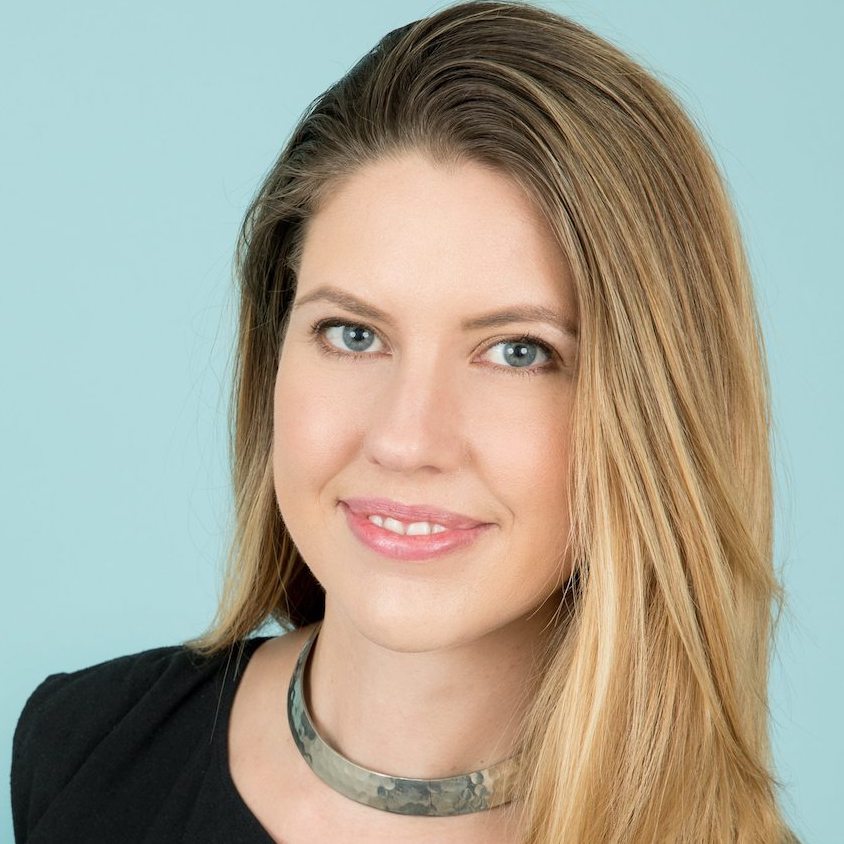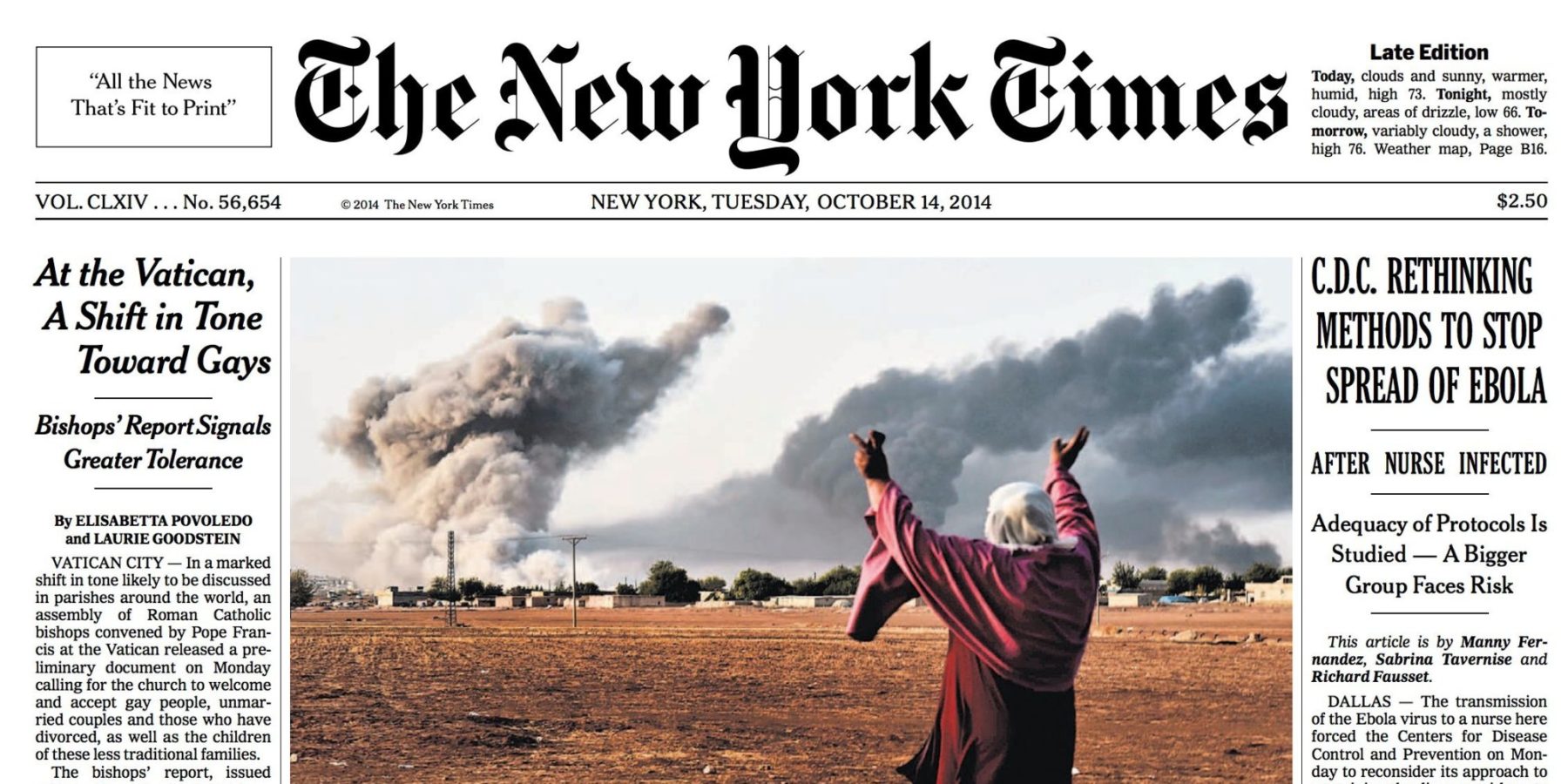Scooped!
An Interview With Sophia Kercher
By Nicole Erb
 Ever dream of crushing the freelance beat? Meet Sophia Kercher. She’s written everything from deeply personal tales to researched pieces for huge journals. She knows what it takes to regularly be published in The New York Times, Elle, Variety, LA Weekly, Salon, and more. It takes guts, talent, persistence, and a dash of his girl Friday.
Ever dream of crushing the freelance beat? Meet Sophia Kercher. She’s written everything from deeply personal tales to researched pieces for huge journals. She knows what it takes to regularly be published in The New York Times, Elle, Variety, LA Weekly, Salon, and more. It takes guts, talent, persistence, and a dash of his girl Friday.
Sophia is teaching a journalism classes at Writing Pad Online in January. You’ll learn everything you need to know to craft honest, publishable essays, research articles or pitch editors. Until then, get to know Sophia!
1. Let’s start with your background? When did you start writing & how’d you break into the biz?
I grew up devouring books. I always knew I wanted to tell stories even when I was very young. I went to college at UC Santa Barbara where I started writing for my school newspaper’s arts section. The paper paid something like $35 an article, and I couldn’t believe I got paid to go see movies or bands that I liked and write about them—it felt too good to be true. Sometimes I still feel like that.
2. You’ve landed work in massive publications like the NY Times, Elle, Variety, and Salon. What’s one way to set your piece apart from the competition in the eyes of these prestigious places?
My strategy is what I call being an “idea machine.” I come up with as many story ideas as I can, research what outlet they would best fit in, and send pitches out into the universe (with my fingers crossed).
3. In addition to being a successful essayist, you’ve also been an editor and an editorial director. What is the most common mistake writers make when trying to make contact with an editor?
The most common mistake writers make is not following up. Editors are often balancing multiple projects at once and managing several different writers so it’s common for your email to get lost in the shuffle. Don’t be afraid to send a follow up email when you don’t hear back. And if you don’t hear back at all don’t take it personally, that means it’s time to send your essay or pitch to a new outlet.
4. One of the biggest challenges and most important aspects of the personal essay is a willingness to be vulnerable and exposed to your audience. How do you do it?
I still struggle with what I’m willing to share and what I’m not, but that tension is what makes writing personal essays exciting. My advice to writers is to keep a journal where they let their emotions spill out on the page. Don’t write on a laptop; use a good old-fashioned pen and paper. Don’t have to update your journal every day and don’t share it with anyone. Revisit the journal when you start your essay or you’re feeling stuck and need to remember the rawness of your feelings and how to describe them.
5. How do you approach personal pieces (your LA Times piece) vs journalistic pieces (NY Times)?
I’ve spent three months to a year and a half writing personal pieces. For me, personal writing takes patience. I tend to let personal stories sit for some time in order to add more depth, and distance from the story and its characters. Meanwhile, I can write a reported piece in less than a week and move on to the next project immediately. But I’m always surprised that some of my best writing can come from a tight deadline.
6. Any advice you have for aspiring journalists?
Find someone’s writing you admire that lives in your city and invite them out for coffee or tea and ask them about their career and writing process. You’ll be surprised.
So many people will be happy to meet with you. I still have journalist friends who I met this way. Also, go to parties. Some of my best new ideas come from talking to strangers at parties. It’s easy and fun.
7. The romantic friendship in your LA Times piece is so tangible and relatable thanks to your incredible knack for detail. How do you pick and choose which details to use and which to cut? Where do you find the balance between the universal and the specific?
I learned as an editor the more specific you can be in a piece the better. What details to pick and choose depends on the publication. When I’m writing for the LA Times or the Weekly, my details will focus on specifics to the city, for example I’ll include street names or well-known restaurants. Whereas when I’m writing for an audience that is national, like Salon, my details can be more universal but I always keep them as specific.
8. Pitching stories is one of the most crucial and nuanced steps of getting published. What’s your biggest piece of advice for aspiring writers trying to get an editor’s attention?
My biggest piece of advice for writers trying to get an editor’s attention is to be extremely familiar with the outlet they are pitching to. Find out what kind of stories the editor is looking for (it’s OK to ask), read the publication from top-to-bottom, and tailor your pitches just for that publication and that specific editor.
9. What do you think is the difference between a good and a great essay?
A good essay weaves a compelling story but a great essay has a narrative that makes you feel something: knees shaking, heart aching, head spinning.
10. We know that you’ll cover this more fully in your class, but can you let us in on one secret in crafting hooks for your pitch?
Journalism is different than other forms of publishing because it speaks to this very moment in time. Have a timely hook in your pitch or essay that relates to the news cycle, trends, or season. That time hook gives you an advantage when you’re pitching. One thing to remember is it doesn’t have to be a complicated news angle. For example, for my recent New York Times piece about an app for mobile-first moms to connect (and the dark side of technology for parents) the time hook was Mother’s Day.
11. What can students expect to learn from your class?
In my class, I’ll be passing on more than 10 years of knowledge and the tools and strategies that helped me land stories and essays in the New York Times, Elle, Salon, the Los Angeles Times, and other publications. I’ll offer writing prompts to kick-start ideas, a guide for how to crack the personal essay market, and tips for knocking down creative blocks. I’ll share how to include all the essential elements that editors look for in a personal essay: the hook, tone and angle—and some bad date stories, because who doesn’t love a good bad date story?
Thanks so much, Sophia!
Check out some of Sophia’s amazing pieces:
NY Times: An App for Mothers Who Missed Out on Tinder
LA Times: LA Affairs: Fiction With A Friend, Not Boyfriend
Elle: Men Have Vocal Fry and Uptalk Too, But People Don’t Penalize Them in the Same Way


